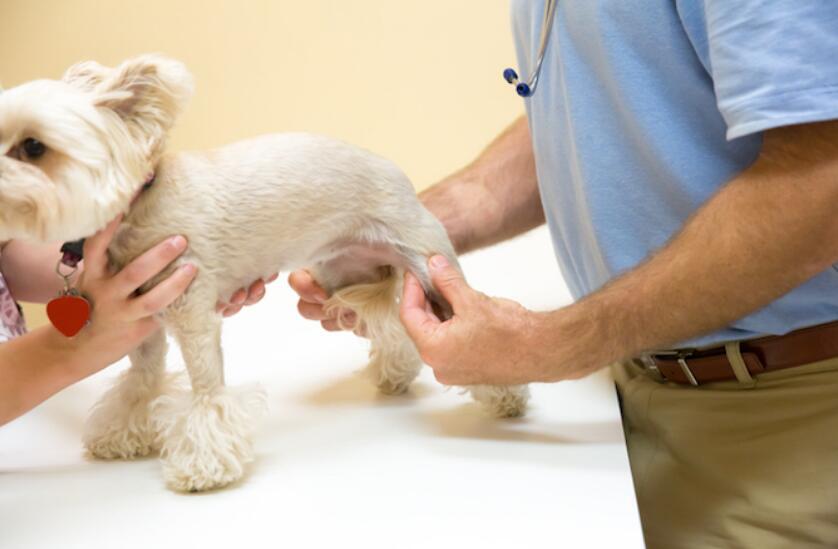 If you’ve ever hurt your knee – even a simple sprain – you understand how debilitating that pain can be. Unfortunately, many of our pups know this feeling all too well. The good news is that although canine knee problems are common, there are many ways to prevent and treat them.
If you’ve ever hurt your knee – even a simple sprain – you understand how debilitating that pain can be. Unfortunately, many of our pups know this feeling all too well. The good news is that although canine knee problems are common, there are many ways to prevent and treat them.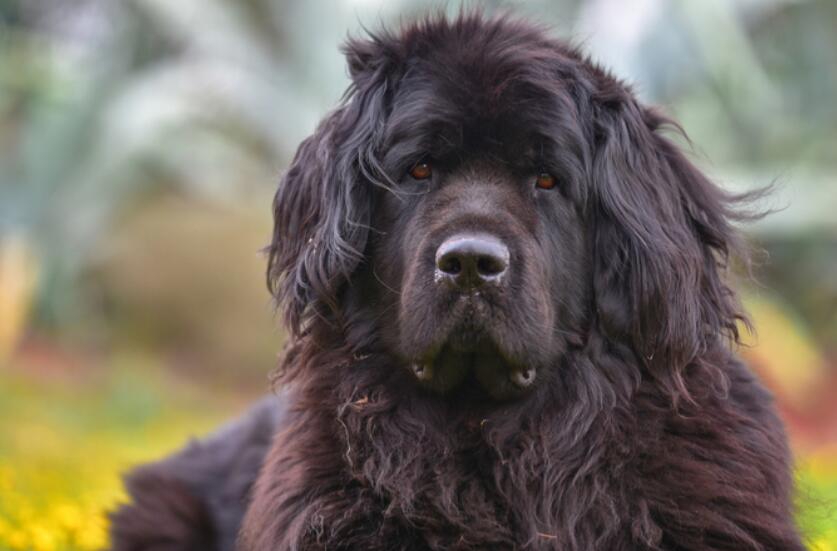 Understanding risk factors for dogs
Understanding risk factors for dogs
Any dog, big or small, purebred or proud mutt, will experience knee problems throughout its life. However, some breeds are more prone to problems. Knowing your dog’s risk factors can lead to faster treatment and, in turn, less painful problems.
, the most common type of injury is a cranial cruciate ligament tear, which is more common in larger dogs. Affected breeds include Labrador Retrievers, Rottweilers, Newfoundlands, Staffords, Chesapeake Bay Retrievers, Tibetan Mastiffs, Akitas, and St. Bernards.
As for smaller dogs, including Yorkshire Dogs, Chihuahuas, Pomeranians, Miniature Poodles and Bostonians, patellar dislocation is a problem. The movement of the kneecap from its natural position is almost always congenital.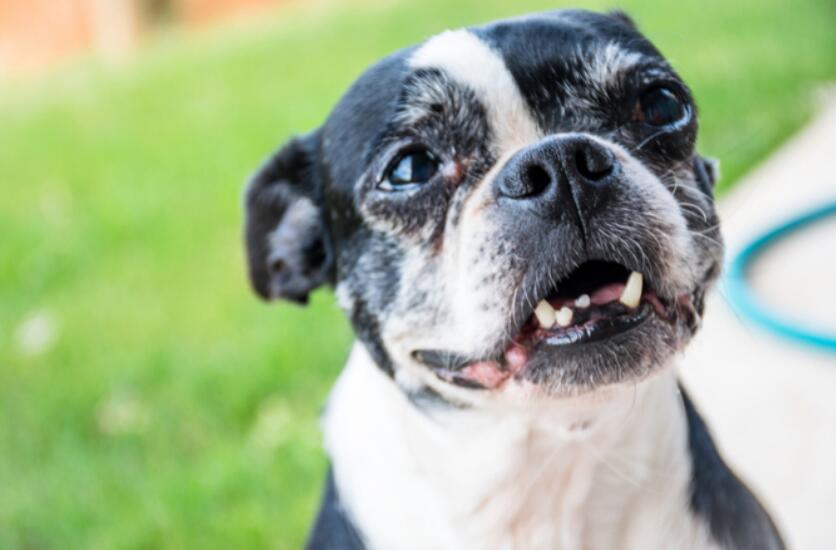 Observe the dog’s signs of movement
Observe the dog’s signs of movement
Your dog can’t tell you well enough about his knee pain, so it’s important to recognize the signs that he’s not feeling well.
“Most commonly, we see animals with lame legs. They may remove the prosthetic leg while standing, prop it off the ground, or limp after exercise. Some animals have a hard time standing up.
Other symptoms include a gait similar to walking on eggshells and a jump-like limp, which is a distinct symptom of patellar dislocation.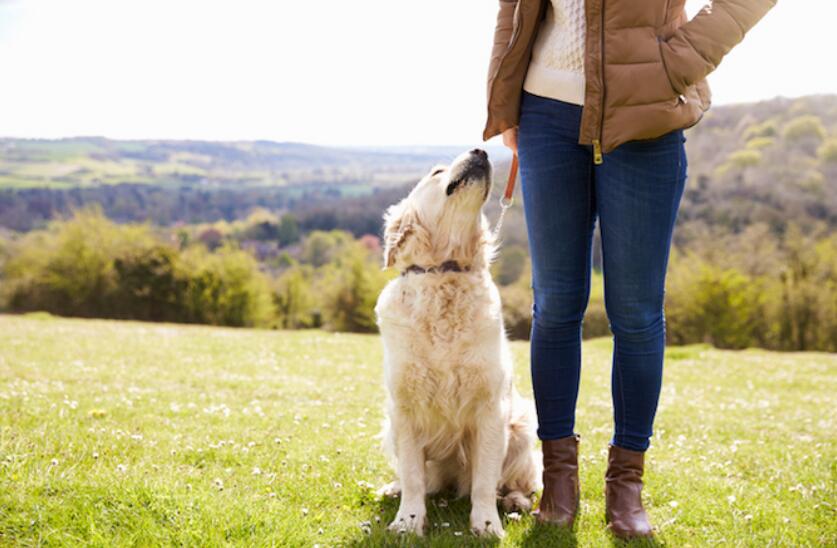 Encourage age-appropriate exercise
Encourage age-appropriate exercise
Chances are, your fitness program has changed since your college days. Likewise, as dogs age, their exercise needs and limitations change and overly intense frolicking can be dangerous and lead to knee injuries.
For older dogs, avoid high-intensity, high-propulsion activities such as fence-line running and aggressive fetching.
However, he noted that regardless of activity, some older dogs are still at risk for ligament tears, caused by wear and tear from gradual deterioration over the years.
Torn ligamentsThey are usually caused by weaknesses in the ligaments themselves. As a result, they slowly tear over time and the final tear may be secondary and as common as walking.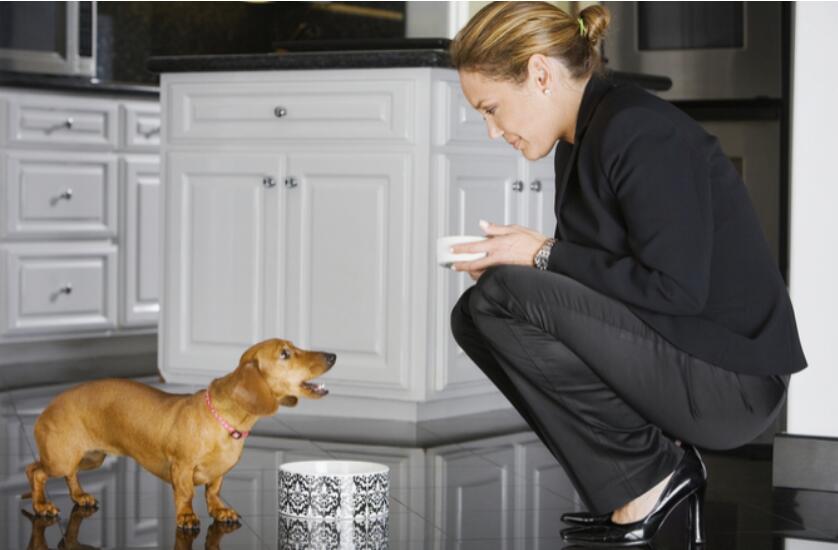 Nutrient supplementation
Nutrient supplementation
If your best friend is approaching hisold ageage, consider a joint supplement to help support his knee health.
There are many options available, look for a product that contains MSG, chondroitin and glucosamine. These ingredients combine to promote joint health.
Maintaining a healthy weight is also important for joint health, especially in older years when activity begins to decrease and the risk of arthritis increases.
As always, consult your dog’s veterinarian before changing your pet’s diet or adding supplements. If a new supplement is prescribed to you, be aware of your dog’s health as they can cause gastrointestinal problems.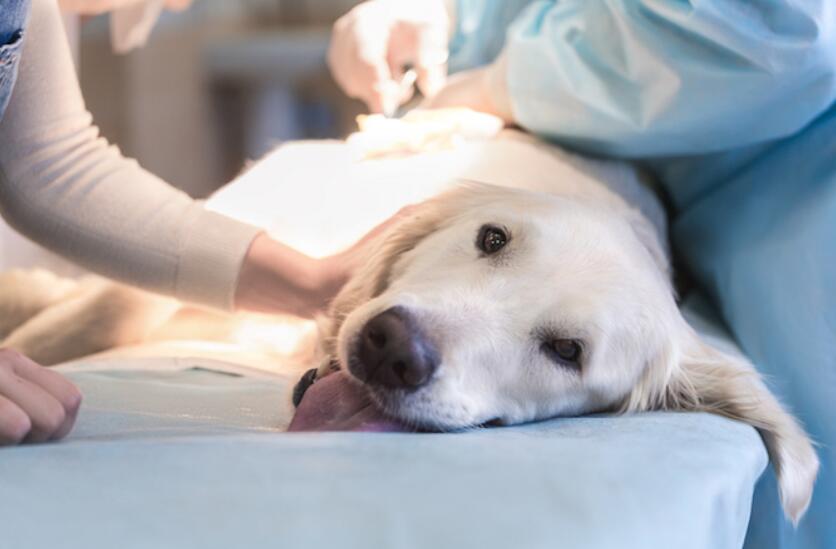 Surgery
Surgery
Depending on the type of knee injury or disease, your veterinarian may recommend surgery. While mild patellar dislocations can usually be monitored, cruciate ligament injuries, in particular, almost always require a trip to the operating room.
In the vast majority of cases, treatment of this painful condition requires surgical intervention. Our goal is to stabilize the joint and allow normal joint motion, thereby reducing pain and allowing for normal activity and a happy, healthy quality of life.”
Smaller dogs and cats can occasionally be treated with pain management, joint supplementation and limited activity.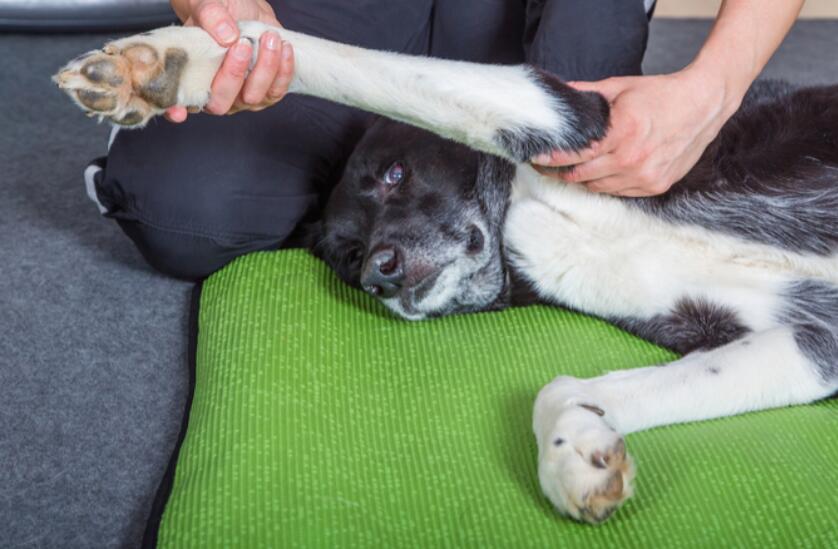 Physical Therapy
Physical Therapy
Like humans, dogs with knee injuries can benefit from physical therapy. Combined with rest, weight management and pain management, it is almost always used as a supplement to, if not an alternative to, knee surgery.
“Physical therapy is an extremely important component of orthopedic patient care, regardless of whether surgery or medical management is recommended or performed.
Small dogs in particular can avoid some knee surgery with a proper physical therapy program. Customized knee brace
Customized knee brace
A number of underlying health issues may make your dog unsuitable for knee surgery. However, rescue is still possible. Schwab says: “For those animals that can’t undergo surgery, a custom brace can be made to hold the knee in place.”
Fortunately, medical technology has come a long way since you sprained your knee in high school. Lightweight and flexible, these modern, streamlined braces keep your pup’s active lifestyle intact.
Braces specifically made for patients are very expensive. Owners should not put guards or bandages on the dog’s limbs without veterinary permission.

